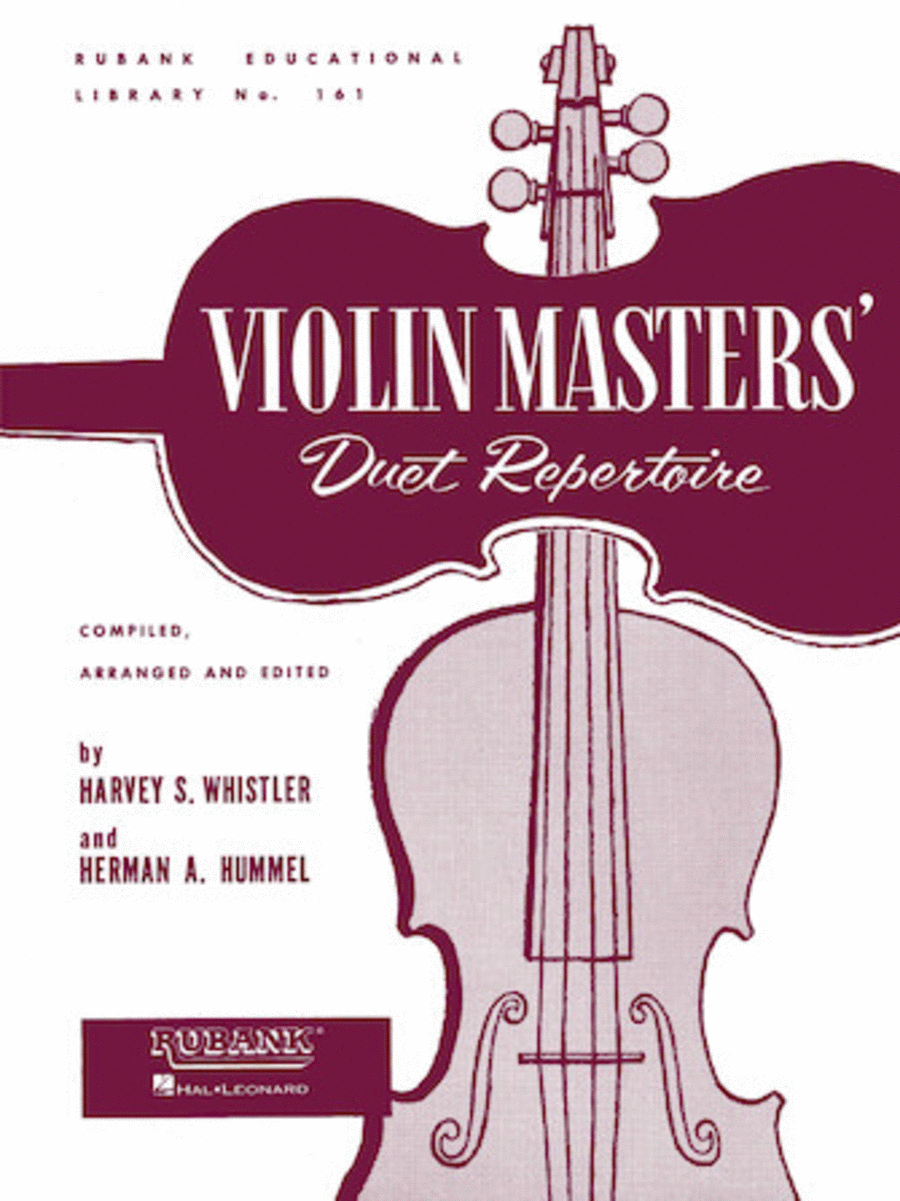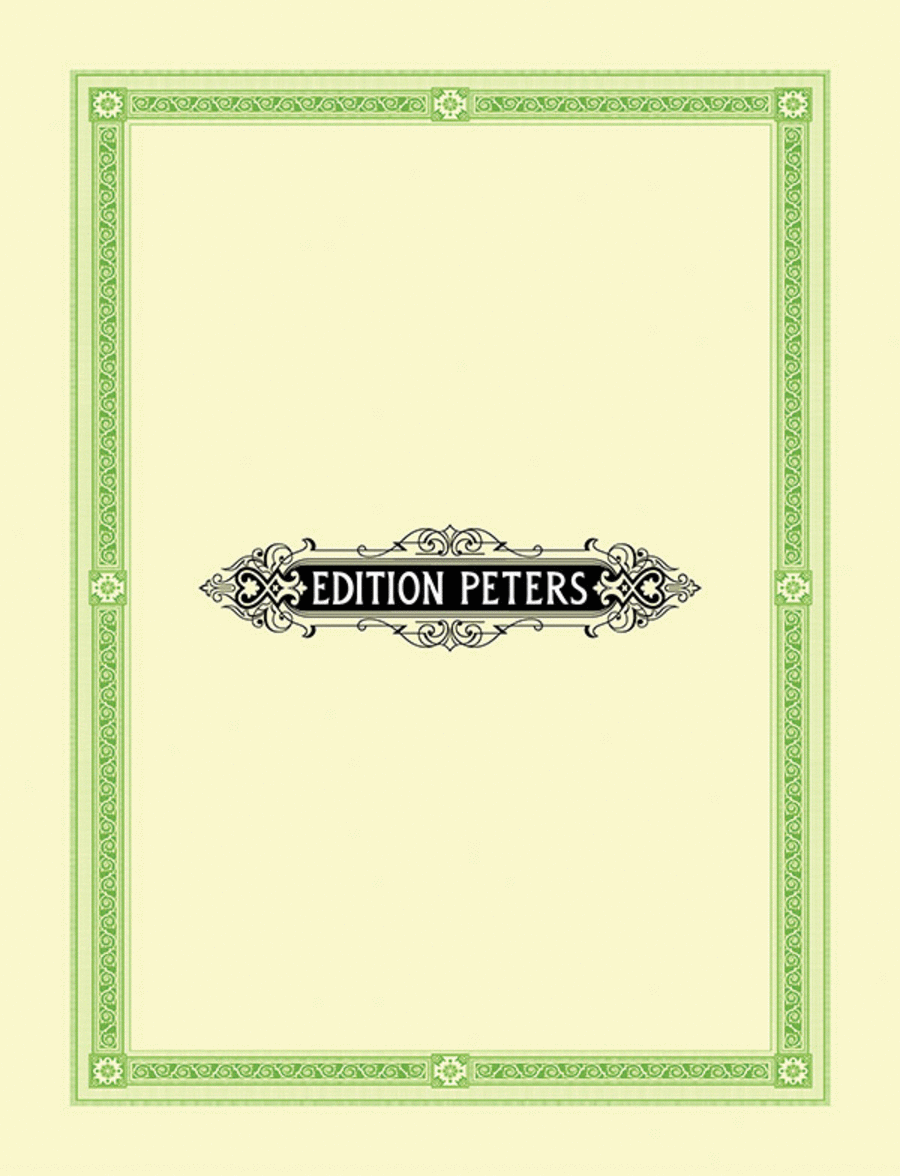Wir danken dir, Gott, wir danken dir (We thank you,
God, we thank you), BWV 29, is a sacred cantata by
Johann Sebastian Bach. He composed it in Leipzig in
1731 for Ratswechsel, the inauguration of a new town
council, and first performed it on 27 August of that
year. Bach used the music from the choral movement for
both the Gratias agimus tibi and Dona nobis pacem of
his Mass in B minor.
Bach composed the cantata in 1731 for Ratswechsel, the
inauguration of the newly elected town counci...(+)
Wir danken dir, Gott, wir danken dir (We thank you,
God, we thank you), BWV 29, is a sacred cantata by
Johann Sebastian Bach. He composed it in Leipzig in
1731 for Ratswechsel, the inauguration of a new town
council, and first performed it on 27 August of that
year. Bach used the music from the choral movement for
both the Gratias agimus tibi and Dona nobis pacem of
his Mass in B minor.
Bach composed the cantata in 1731 for Ratswechsel, the
inauguration of the newly elected town council, which
took place in a festive service in the Nikolaikirche on
the Monday following St. Bartholomäus (24 August). He
had written the cantatas Preise, Jerusalem, den Herrn,
BWV 119, and Gott, man lobet dich in der Stille, BWV
120, for the same occasion. The text by an unknown
author includes in movement 2 Psalm 75:2 and as the
closing chorale the fifth stanza of Johann Gramann's
hymn "Nun lob, mein Seel, den Herren".
The cantata is one of the few sacred cantatas of Bach
opened by an orchestral sinfonia. Another is the early
Weinen, Klagen, Sorgen, Zagen, BWV 12. The music is an
arrangement of the prelude from Bach's Partita for
violin, BWV 1006. A solo organ plays the original
violin part, while the orchestra adds an
accompaniment.
The chorus, on verse 2 of Psalm 75, is written in grave
stile antico. The bass begins in great simplicity a
theme in even steps; the tenor starts imitating almost
immediately, the alto a little later, then the soprano.
A countersubject illustrates the telling of God's
wonders, embellishing the words verkündigen
("proclaim") and Wunder ("wonders"). A dense texture is
achieved. In the beginning only oboes and strings play
colla parte, then a trumpet doubles the soprano.
Developing further, two trumpets take part in the
polyphony, and a climax is reached when the third
trumpet and timpani enter. Bach adapted the music with
only minor changes for the Gratias of his Missa for the
court of Dresden in 1733, which expresses the same
idea. Later he incorporated the Missa in his Mass in B
minor and concluded his work by repeating the music as
the Dona nobis pacem. According to Klaus Hofmann, all
these movements are based on an earlier lost
composition.
The tenor, a solo violin, and the continuo are equal
partners in the following da capo aria.
The soprano aria, accompanied by oboe and strings, is
in siciliano rhythm. The continuo rests during the
vocal parts.
After a recitative which leads to a choral Amen, the
alto soloist repeats the main section of the tenor
aria, accompanied by the organ. This close connection
within a work of both theme (3 and 6) and instrument (1
and 6) is unusual in Bach's cantatas.
In the closing chorale the trumpets accentuate the ends
of some lines of the fifth verse of Johann Gramann's
"Nun lob, mein Seel, den Herren".
The Sinfonia movement experienced a period of crossover
popularity in 1968 when Walter Carlos (now Wendy
Carlos) created an exuberant rendition of it for
electronic synthesizer (at the time a novelty) for the
album Switched-On Bach.
Although the Cantata was originally written for
soprano, alto, tenor and bass soloists, four-part
choir, solo organ and an orchestra consisting of three
trumpets, timpani, two oboes, two violins, viola and
basso continuo, I created this Arrangement for String
Quartet (2 Violins, Viola & Cello).












